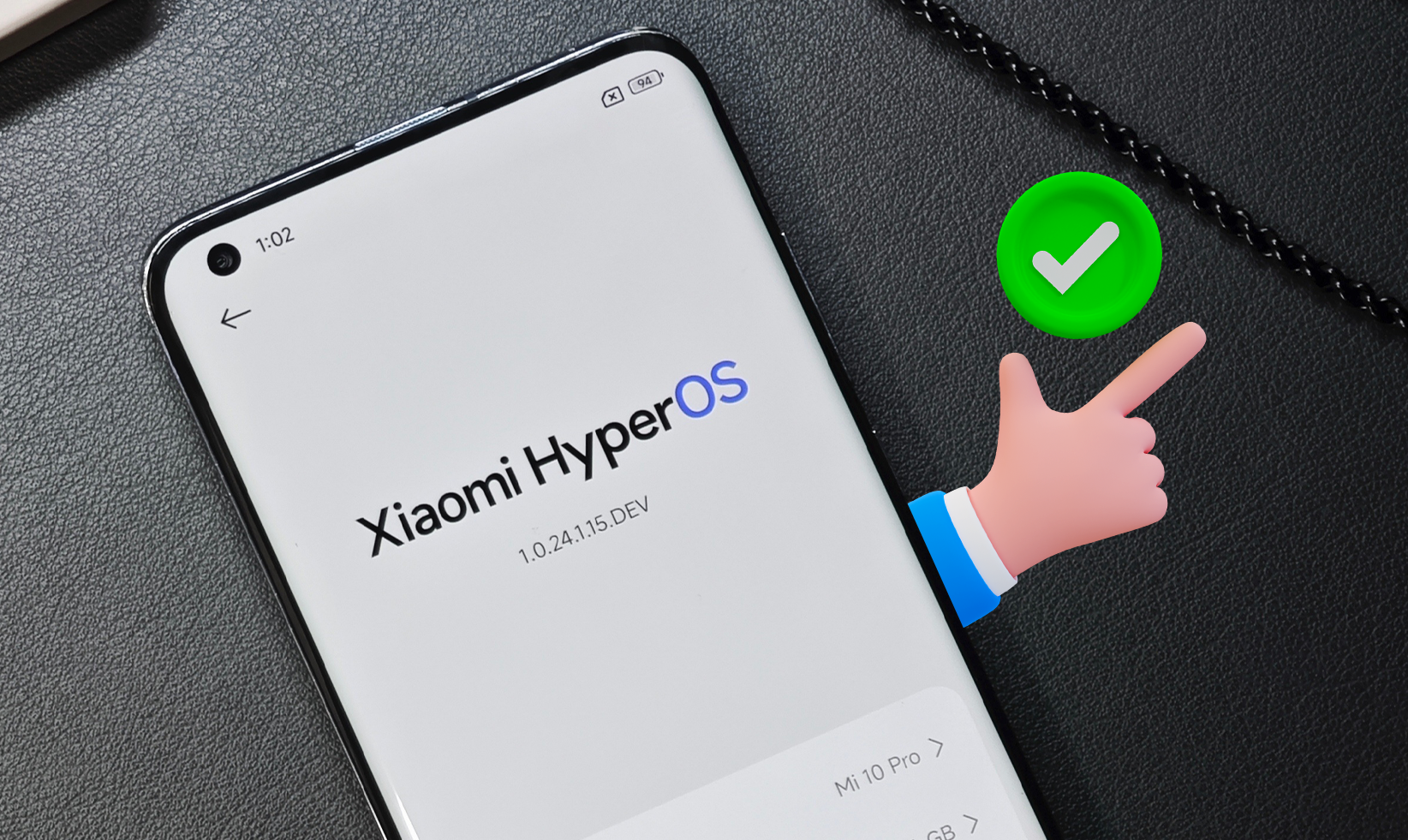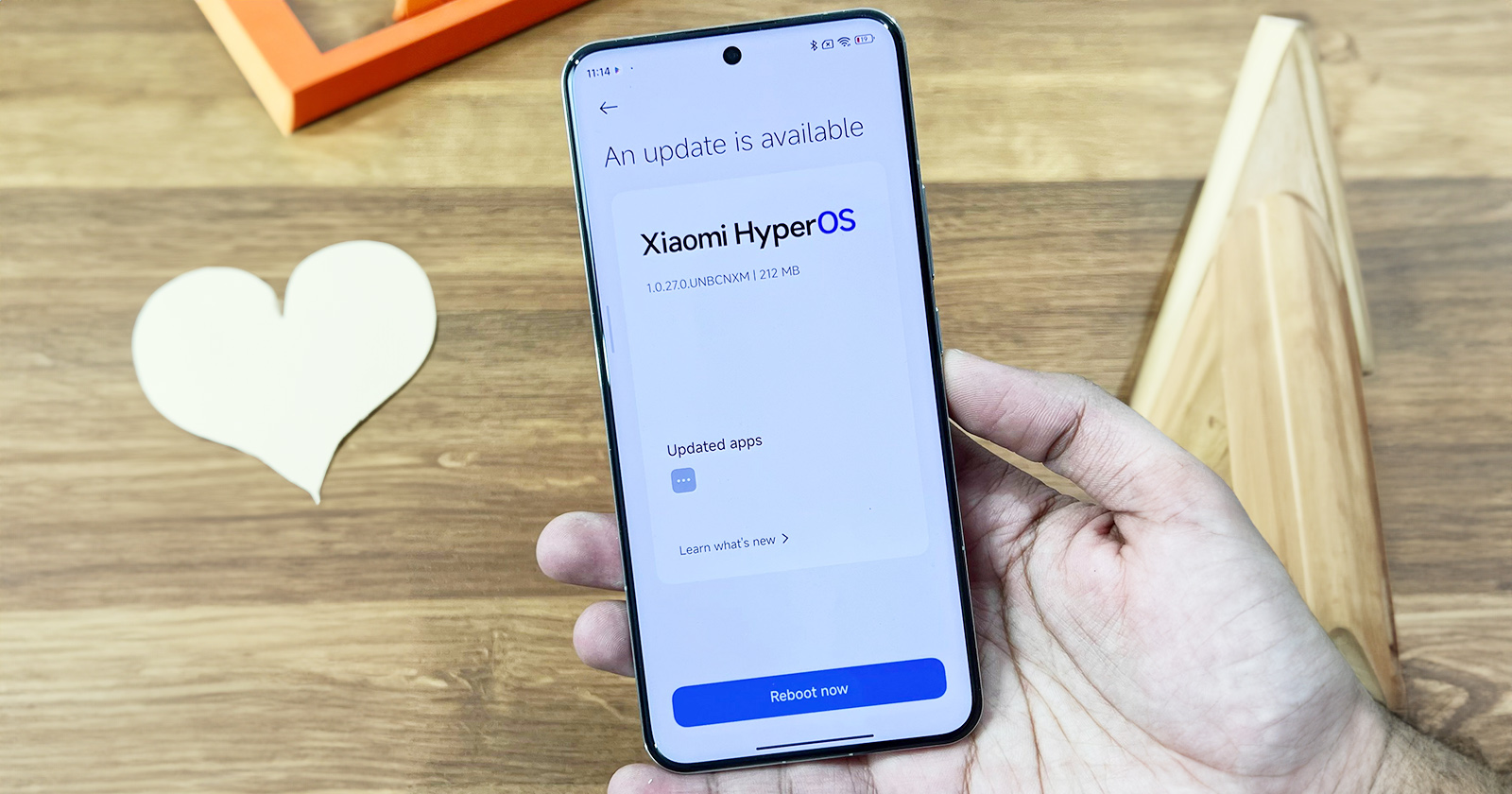In the ever-evolving world of mobile operating systems, two giants, Xiaomi and Huawei, have embarked on a journey to redefine user experiences with their latest offerings—HyperOS vs HarmonyOS. Born out of the evolution of the well-known MIUI vs EMUI interfaces, respectively, these operating systems aim to address longstanding biases and offer fresh perspectives to users. This article delves into the main differences between HyperOS vs HarmonyOS, shedding light on their unique features and the rationale behind their development.
The Evolution from MIUI and EMUI
MIUI and EMUI have been longstanding interfaces associated with Xiaomi and Huawei devices, respectively. Over time, both companies recognized the need for a rebranding, partly due to certain biases associated with the previous names. Xiaomi faced challenges with bugs and performance issues within MIUI, while Huawei grappled with the negative perception tied to the inability to use Google’s operating system. As a result, HyperOS vs HarmonyOS emerged as the next iterations, promising enhanced user experiences.
HarmonyOS: Huawei’s Answer to Google
Huawei’s decision to develop HarmonyOS was influenced by the limitations imposed by not being able to use Google’s Mobile System. EMUI, Huawei’s previous interface, faced challenges due to the lack of access to Google services, prompting the need for a comprehensive and independent solution. HarmonyOS is Huawei’s response, designed to be a versatile operating system that goes beyond smartphones, extending its capabilities to a wide range of devices such as smart TVs, smartwatches, and IoT devices.
HyperOS: Xiaomi’s Evolution from MIUI
On the other side, Xiaomi’s HyperOS is born out of the company’s commitment to addressing the issues within MIUI. Performance bugs and user concerns led Xiaomi to reevaluate and rebrand its interface, resulting in the development of HyperOS. Much like HarmonyOS, HyperOS is built on an Android, offering users a blend of familiarity and innovation. The choice to stick with Android as the base ensures a seamless transition for users while incorporating Xiaomi’s unique features.
The Android Base
One commonality between HyperOS vs HarmonyOS is their Android foundation. Both operating systems leverage the open-source nature of Android, providing a familiar environment for users. However, HarmonyOS ships without Google services, offering Huawei’s alternative ecosystem, while HyperOS includes Google services by default.
HyperOS and HarmonyOS, respectively, users are presented with new possibilities and choices in the realm of mobile operating systems. Whether it’s Huawei’s push for independence with HarmonyOS or Xiaomi’s dedication to overcoming challenges with HyperOS, the evolution from MIUI and EMUI signifies a commitment to continuous improvement. The rivalry between these two giants adds an interesting dynamic to the tech landscape, promising exciting developments and innovations in the world of mobile operating systems.







